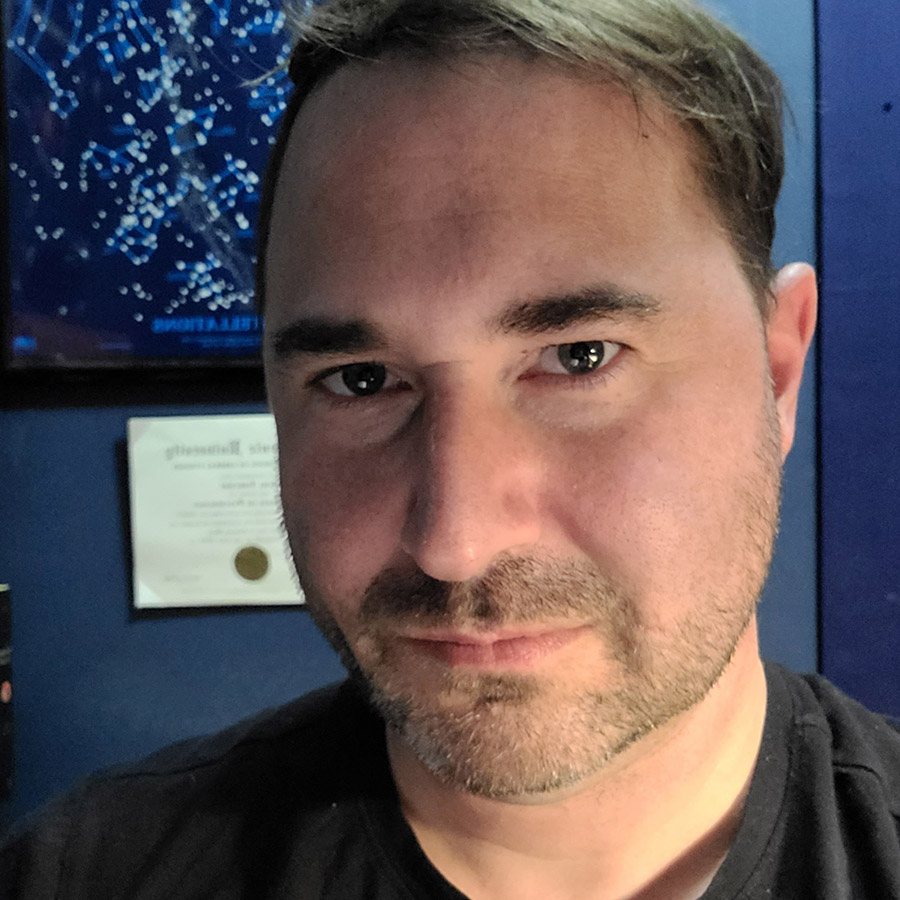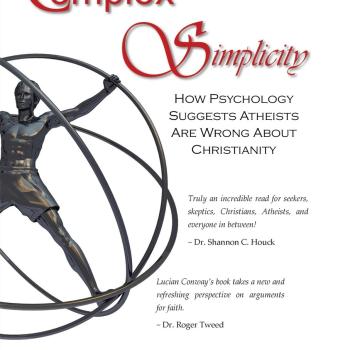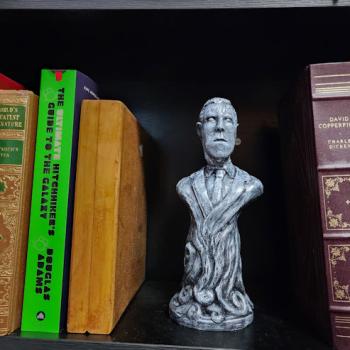
On February 8th, of 2023, a group of students at Asbury University, a private Christian school in Kentucky, began a typical Wednesday worship service in the school chapel. However, as the time for the worship service elapsed, the worship did not stop, the students did not leave, and the service stretched on for days and then weeks. Visitors to the chapel describe students praying, worshipping, reading out loud from scripture, dancing, weeping, and otherwise having what appear to be very profound spiritual experiences. The phenomenon has attracted pilgrims from other churches and schools around Asbury to lend to a perpetual worship experience in which participants claim not to be aware of the substantial amount of time that has passed.
The so-called “Asbury Revival” is well-reported on by now, and there is no doubt a great deal of analysis and speculation accompanying this phenomenon. This was not a planned event so far as we know, and the whole thing has an air of spontaneity to it, making it an interesting event from both a religious and a social science perspective.
Religious optimists have called it a revival, with one insider noting that this sort of thing has happened at Asbury before, with spontaneous, week-long worship sessions occurring in 1905, 1970, and 2003. Religious cynics – especially those who take issue with the theology of Asbury – have seen it more akin to the extreme and seemingly bizarre behavior seen in charismatic churches.
As a conversion researcher, I have only one insight of significance to lend to this event. It’s time to talk about the “intensification experience.”
Religion in Adolescence
My readers may notice that I frequently return to the work of William James in my writing. This is partially because he was the first well-recognized psychologist to do work on religious conversion, and partially because he did his work in a unique time in history. James noted in his work that religious conversion occurs at much higher rates in adolescents than any other age group, and this should be a shock to no one. Adolescence is a time of identity formation, rapid brain development, and hormonal extremes. If a person is going to make a radical commitment in his or her life, this is the most obvious time to do so.
Crisis Conversion and Intensification
At the time during which James lived and studied conversion, the culture was already highly Christianized. In his work, James recounts dozens of conversion interviews performed by his colleague, Starbuck. A similar theme runs throughout the interviews: the person converting is a young person who grew up in a Christian home, was familiar with the Bible, and had attended church. Culturally, the interviewees were already Christian, however in their interviews they recount a point at which they saw a vision, or had a profound personal experience, and became fully or more intensely committed to the faith. To James, this was the quintessential conversion experience: a divine lightning-strike of sorts, and the person is now fully born again. This is what researchers have come to call a “crisis conversion.”
James operated at a time when religion was seen as a very personal thing: a part of one’s private identity. However, modern day researchers have come to see religion as a culture or community rather than a personal set of beliefs and practices. As a result, “conversion” has come to mean a sort of integration into a community, adopting the practices and lifestyle associated with that community. If a person exists within the religious community and has an experience such as described above, the new word for this is “intensification,” not “conversion.”
Intensification and Families
In 2001, researchers Dorit Roer-Strier and Roberta G. Sands authored a study titled “The Impact of Religious Intensification on Family Relations.” In this study, the researchers identified Jewish families in which the daughters suddenly became “ultra-Orthodox.” The researchers noted that these women, now young adults, became attracted to the religious practices and rituals associated with Orthodox Judaism. While raised as Jews only culturally, they were now religious. They were suddenly observing practices and restrictions with which they had not been raised, and that their mothers had never observed. This put a strain on the relationships between daughter and mother.
This is not, incidentally, dissimilar to the strain religious families undergo when an adult child leaves the faith. It is the same dynamic in a different direction. Suddenly the family who have known one another for a lifetime and share the same history do not know what they can or cannot say to one another, and what they should or should not do around one another, making the act of interacting at all awkward and uncomfortable.
Rites of Intensification
Researchers of religion have divided religious practices into sub-categories, one of which is the “rites of intensification.” These “rites” (ritualistic practices) are designed, so say scholars, in order to create solidarity and foster a sense of community among the practitioners. These practices are noticeable for their repetitive nature. Any practice one does repetitively becomes automatic to the degree that it can be triggered under the right stimulus (such as the call-and-response practice common in Mainline Christian denominations).
What about Asbury?
Whatever else happened in Asbury University in February of 2023, it happened in a time and place that was ideal for an “Intensification Experience.” The attendees were young adults at the correct stage in life to be having such an experience. It happened during a chapel service at a Methodist University wherein the “Rites of Intensification” are performed. Surrounded by peers, these college students were in the perfect environment for religious ideas and behaviors to be intensified.
Intensification Experiences are just part of life for a Christian youth, but they rarely make national news in the way the Asbury event has done. It would be premature to dismiss the Asbury event as “just another Intensification,” however from the perspective of conversion research, it makes for a relevant illustration of what Intensification is and how it develops.














